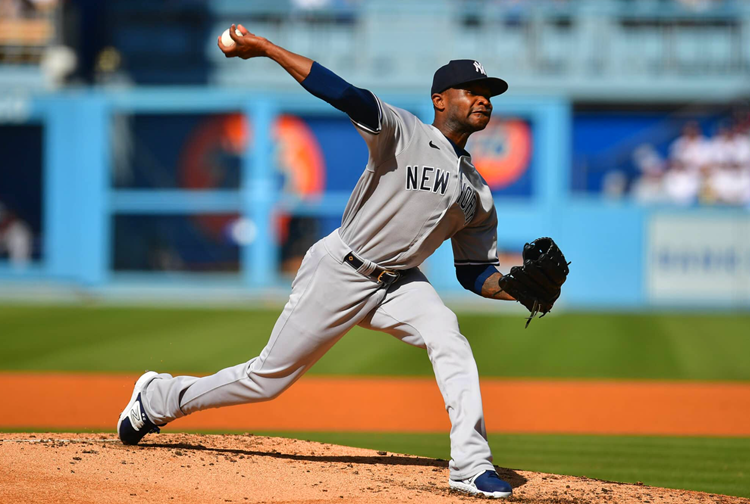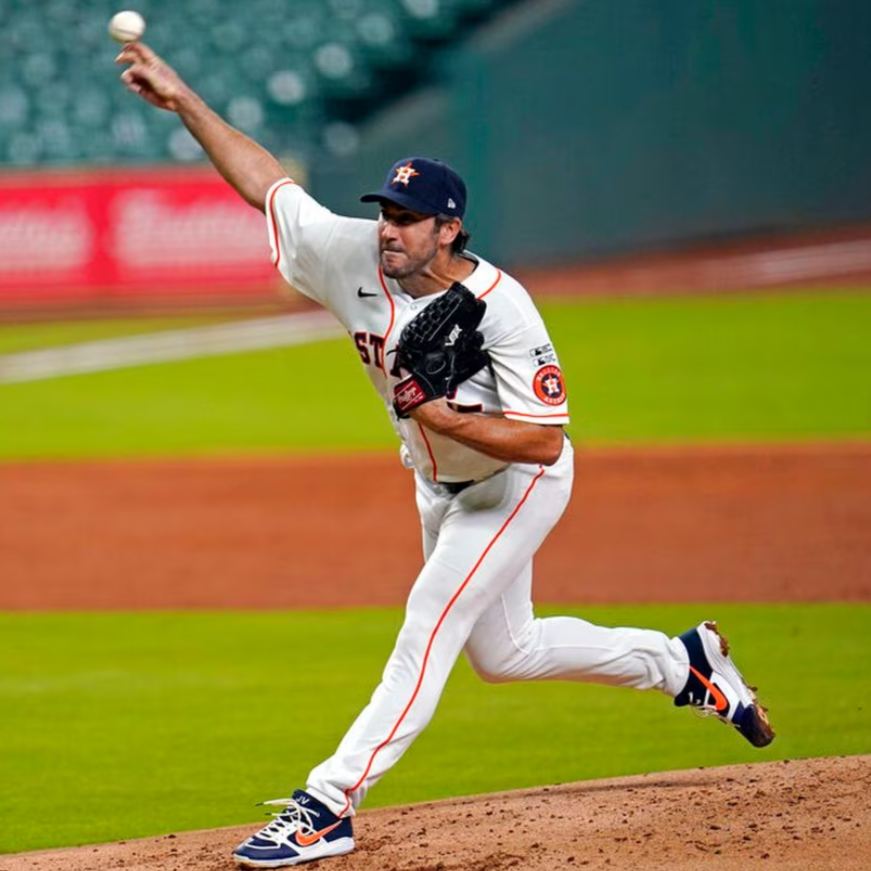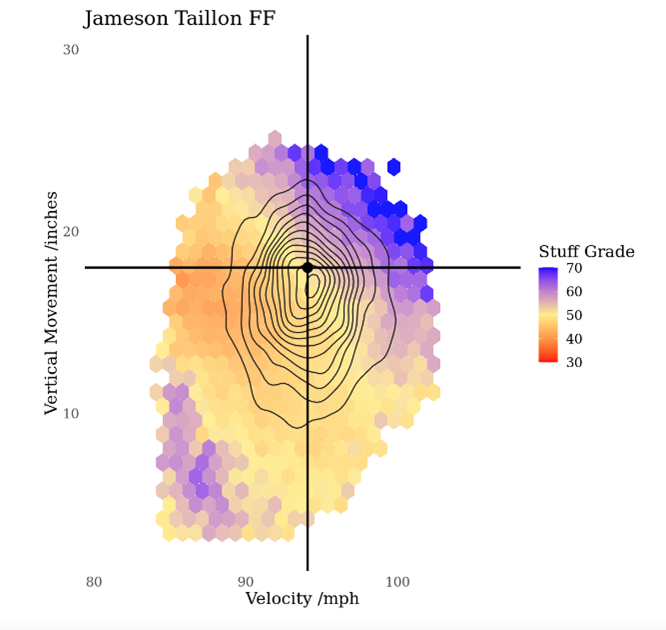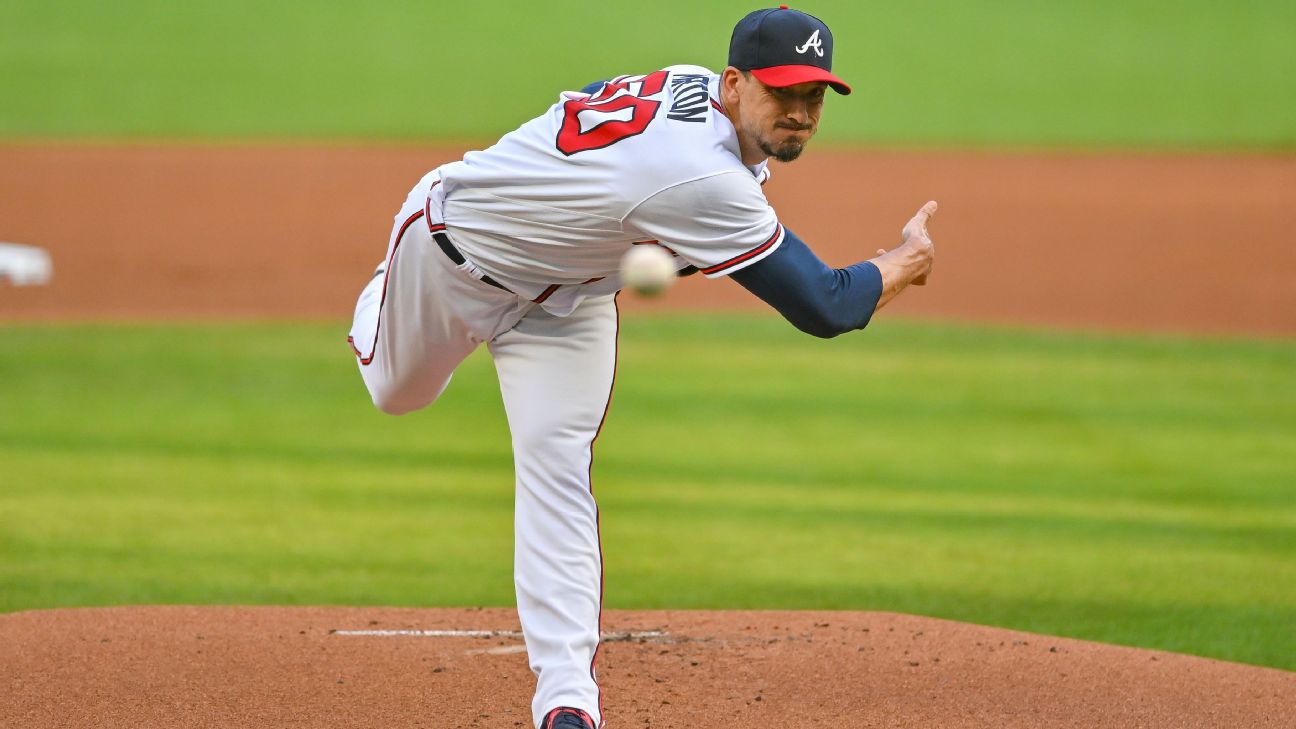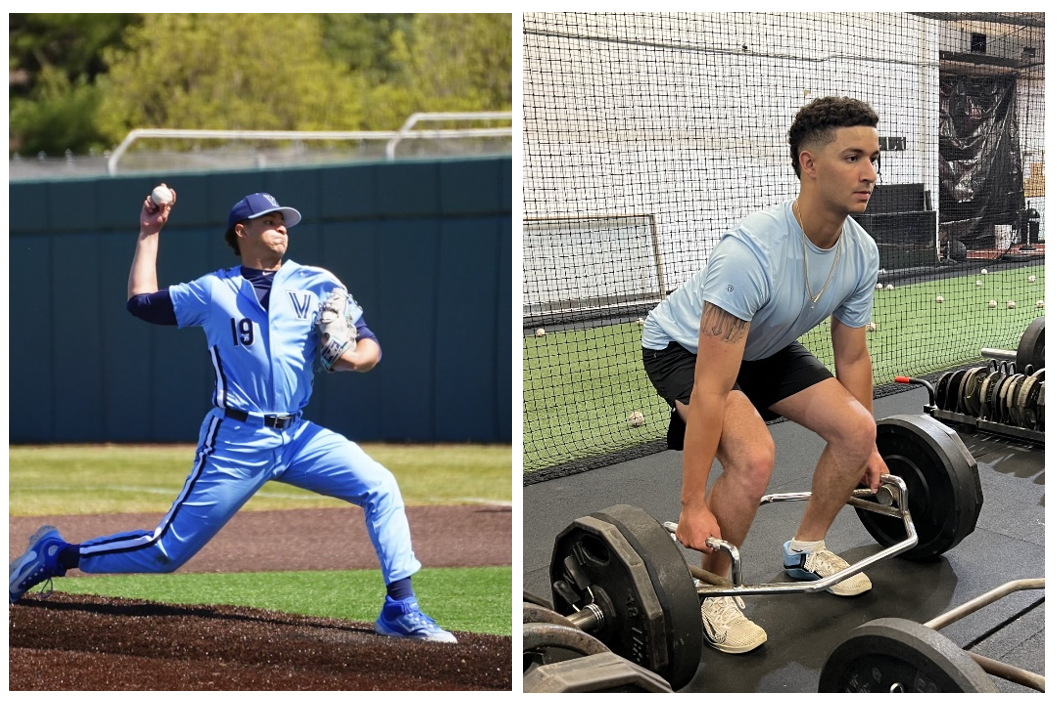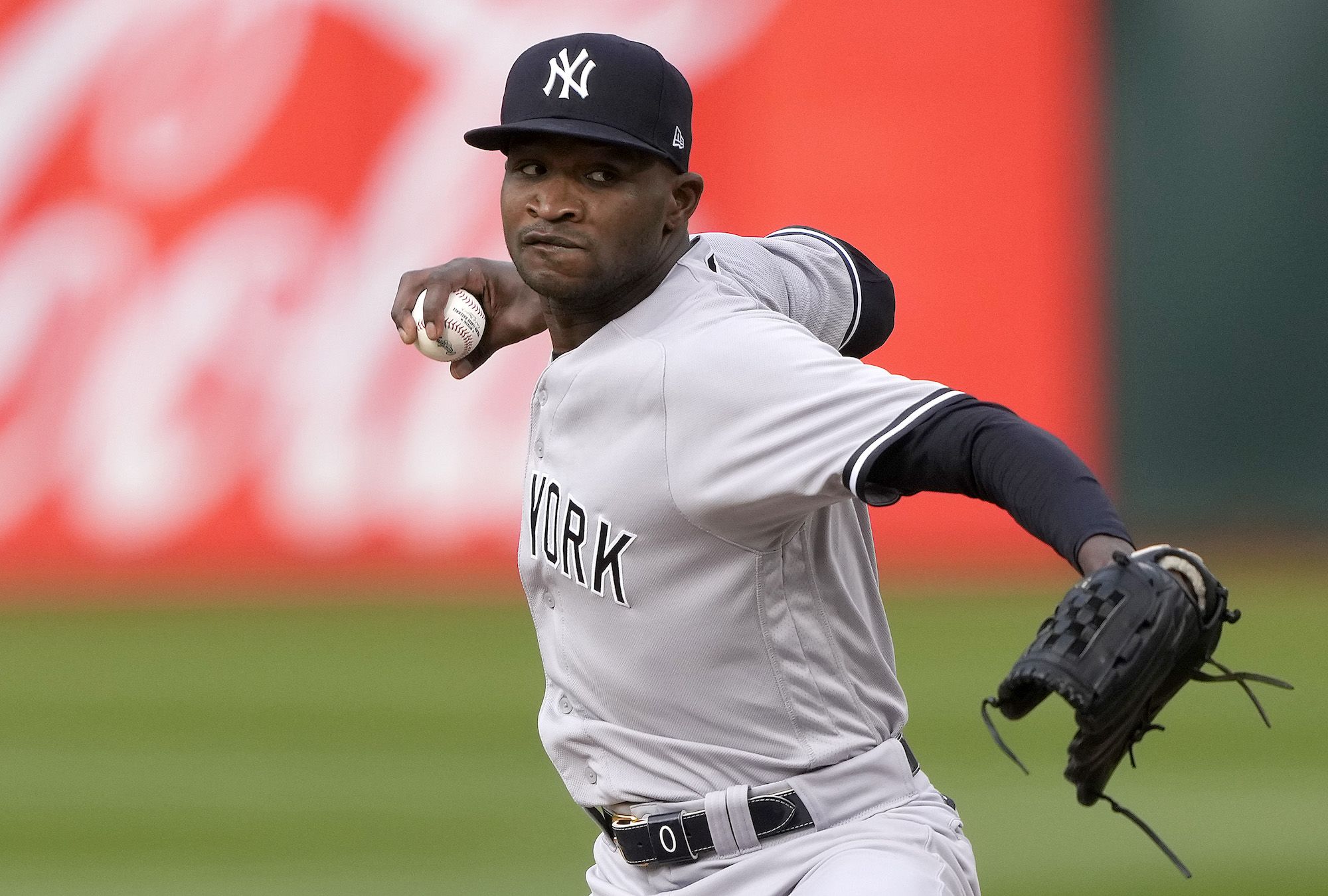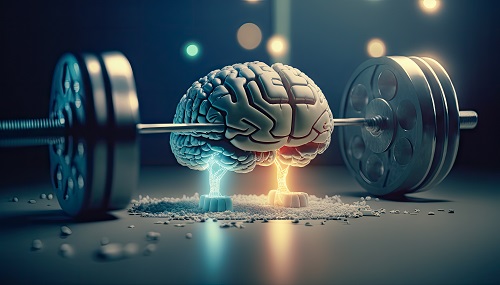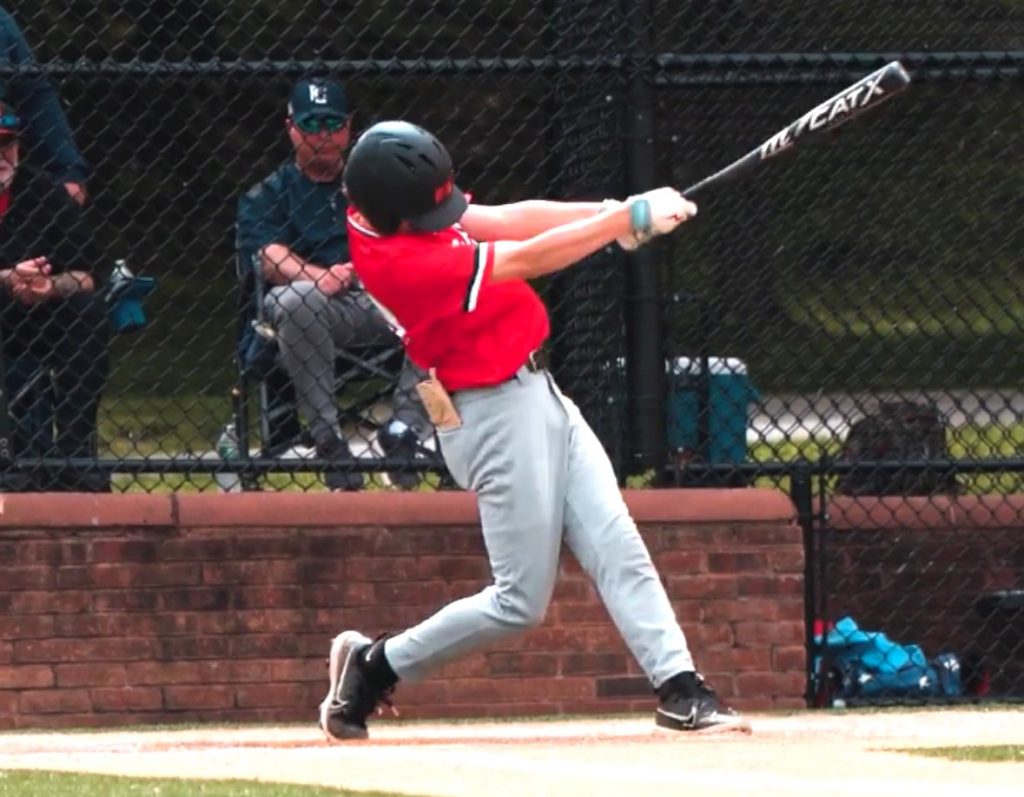
When most of us think of what comprises a great strength training program for baseball players, we think of training force production. While this is crucial to enhance performance, the dissipation (absorption) of force is vital not only to performance, but for reducing the risk of injury as well. We can’t talk about either force production or dissipation without talking about plyometric training. Numerous studies have shown that performing plyometric training for baseball players:
-
- Improves soft tissue quality
- Helps reduce the risk of injury
- Increases throwing velocity
Continue reading “How Baseball Players and Pitchers Can Train for Power with Plyometrics”

